Nick Knight has always been fascinated with the idea of reworking the human body through his work, and through technology. If he rankles at the term fashion photographer – he prefers image-maker – the term has some truth in the idea of ‘fashion’, because Knight does fashion his photographs, and re-fashion the people within them. He is a great inventor and reinventor, from his earliest experiments with retouching images – he began to stretch the human form, he says, in 1985, and first used the Quantel Paintbox to rework images in 1989, when it was more commonly used by broadcast television, and never for fashion. That leads through to his latest foray, a new NFT released last week and named ikon-1.
A collaboration with the model and influencer Jazzelle Zanaughtti – with whom Knight first collaborated on a shoot featuring Comme des Garçons for AnOther Magazine’s Autumn/Winter 2016 issue. In this latest NFT incarnation, a Nick Knight image of Jazzelle is reconfigured into seemingly endless permutations – 8,000 to be exact. Well, not exactly exact. “You’ve got all these different traits,” Knight says, speaking from his base at SHOWstudio’s physical space in west London. “30 different digital designers, who each have three pieces of digital clothing. Then you have accessory designers. And Eugene Souleiman doing the hair, made of dried hydrangeas … or honey. Marian [Newman] did the nails, Jazzelle did their make-up. Then, I went into ZBrush [a production suite for digital 3D sculpting, used by the film industry] and changed the physical shape of Jazzelle. And there are bodies made of jade, of porcelain. If you start looking at all the combinations, there is something like 28 billion possibilities.” The images were also augmented with entirely ‘non-fungible add-ons’ created by the digital artist Tom Wandrag, a long-term collaborator of Knight’s.
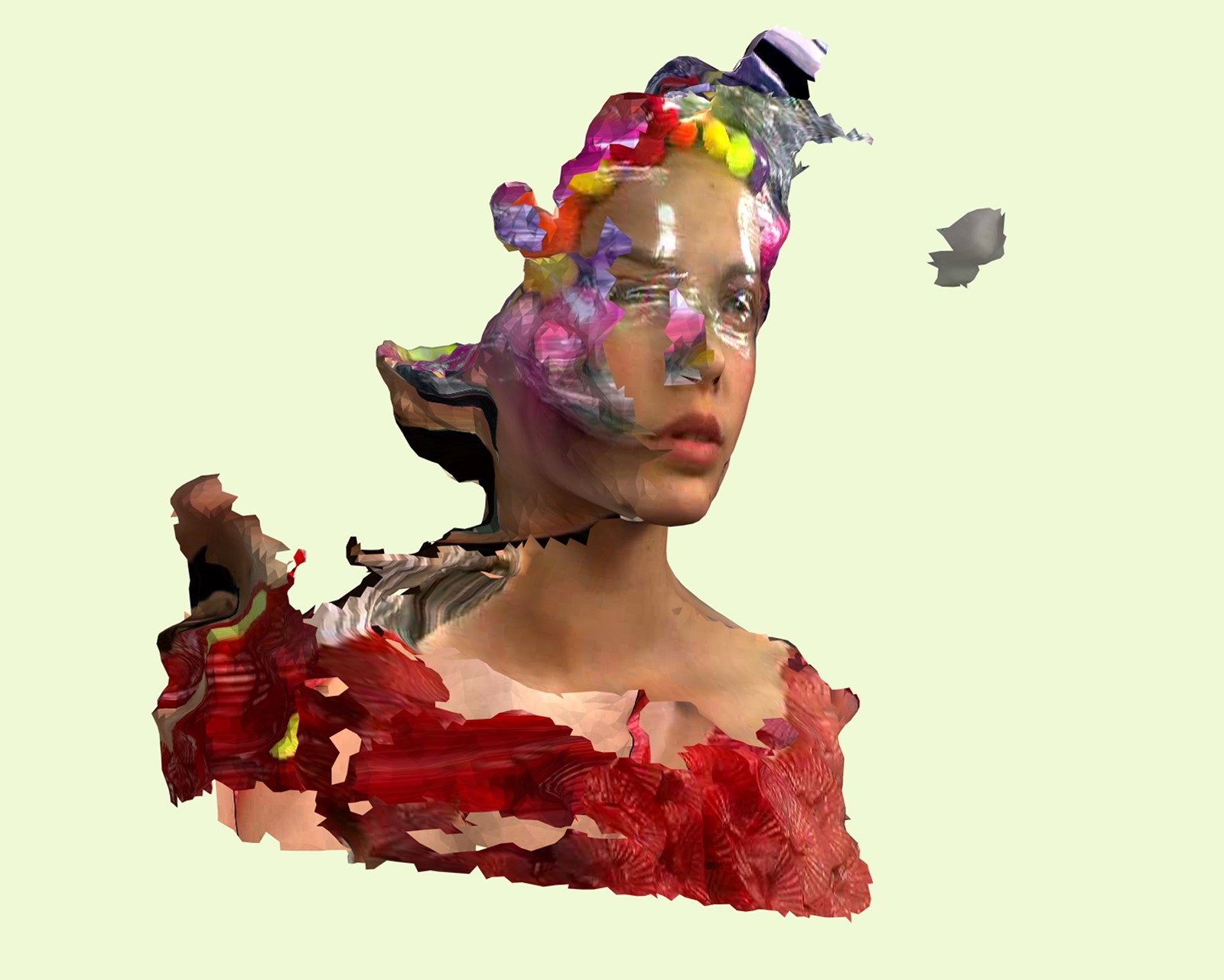
Long-term is the word for this project. Although riding the wave of a current technological obsession – this is Knight’s first NFT, and step into the metaverse – his expansion of humanity into the webspace began over 20 years ago, at a time when fashion’s relationship to the internet could be politely described as trepidatious. In 1999, working with the stylist Jane How, Knight worked with early 3D scanning software to replicate the models Vivien Solari and Marleen Berkova and their outfits, crafted by How from cupcake wrappers and metallic foil. Knight called the result Sweet, and it encompassed a fashion film and interactive scans hosted on his then-new website SHOWstudio.com (launched in 2000) that permitted – and, indeed, still permits – viewers to manipulate the resulting three-dimensional images. Its an idea reflected in ikon-1 – where a selection of the NFTs will be re-photographed by Knight in a live fashion shoot in the metaverse. Knight himself will appear there as a physical avatar – and the viewers will, potentially, be able to come to interact with the shoot. “Come, talk to me, look through my camera.” That is exclusive to those who purchased Knight’s NFTs – though the public are able to come and watch, too. Knight has been live-streaming his fashion shoots for almost 20 years – and, when SHOWstudio staged an exhibition at London’s Somerset House, a full photographic studio sat at the centre, with a glass wall allowing visitors to peer inside the fish tank.
“That’s never been what I want to do with my image-making, to reproduce. You have to imagine not what you see, but what you want to see. I’m interested in something more, something more interesting” – Nick Knight
There are other precursors, of course. After 1999, Knight repeatedly used three-dimensional imaging software to capture information: he called the results ‘photographic sculptures’, using the same digital imagery as a photograph but printing the results in three dimensions, rather than as a flat image. The first sophisticated example was an image of the model Gemma Ward taken on a magazine shoot in 2005. “We created figurines, we etched her in a McQueen dress into a block of glass,” Knight recalls. Its difficult to look at these images – just as its difficult to look at ikon-1 – and reconcile the results with the idea of photography. Later, Naomi Campbell became a monolithic statue – a three-dimensional render of a triple-exposed photograph, so Campbell wound up with six legs (a fact that Knight recounts with glee). After, he combined a scan of Kate Moss with scans of birds’ wings to create an angel, which was then rendered in Nymphenburg porcelain. And in 2011, Daphne Guinness was scanned wearing clothes by different designers – from Gareth Pugh to Junya Watanabe – for sculptures and digital videos for the windows of the Parisian department store Le Printemps.
Ikon-1 is, for Knight, the next logical step in these ongoing developments. And although non-fungible by nature, he asserts that people could make some of these NFTs physical, using 3D printers to render the information real. Although, that isn’t possible with all 8,000 versions. “Some of the avatars that we made of Jazzelle really aren’t humanoid at all. They don’t have heads – the clothes are floating around metallic shapes, or fine old furniture that I photographed, to texture their body,” Knight recounts. There is also an interesting lottery aspect to their purchase: you buy blind, initially given a silhouette which, like a polaroid picture, takes time to develop once ‘minted’ (three days to be exact) and show the unique variation of the NFT you’ve actually purchased. After a few more days, the image further develops from a portrait to a full-length, 360-degree rendering. A selection of these will be chosen by Knight to be re-photographed.
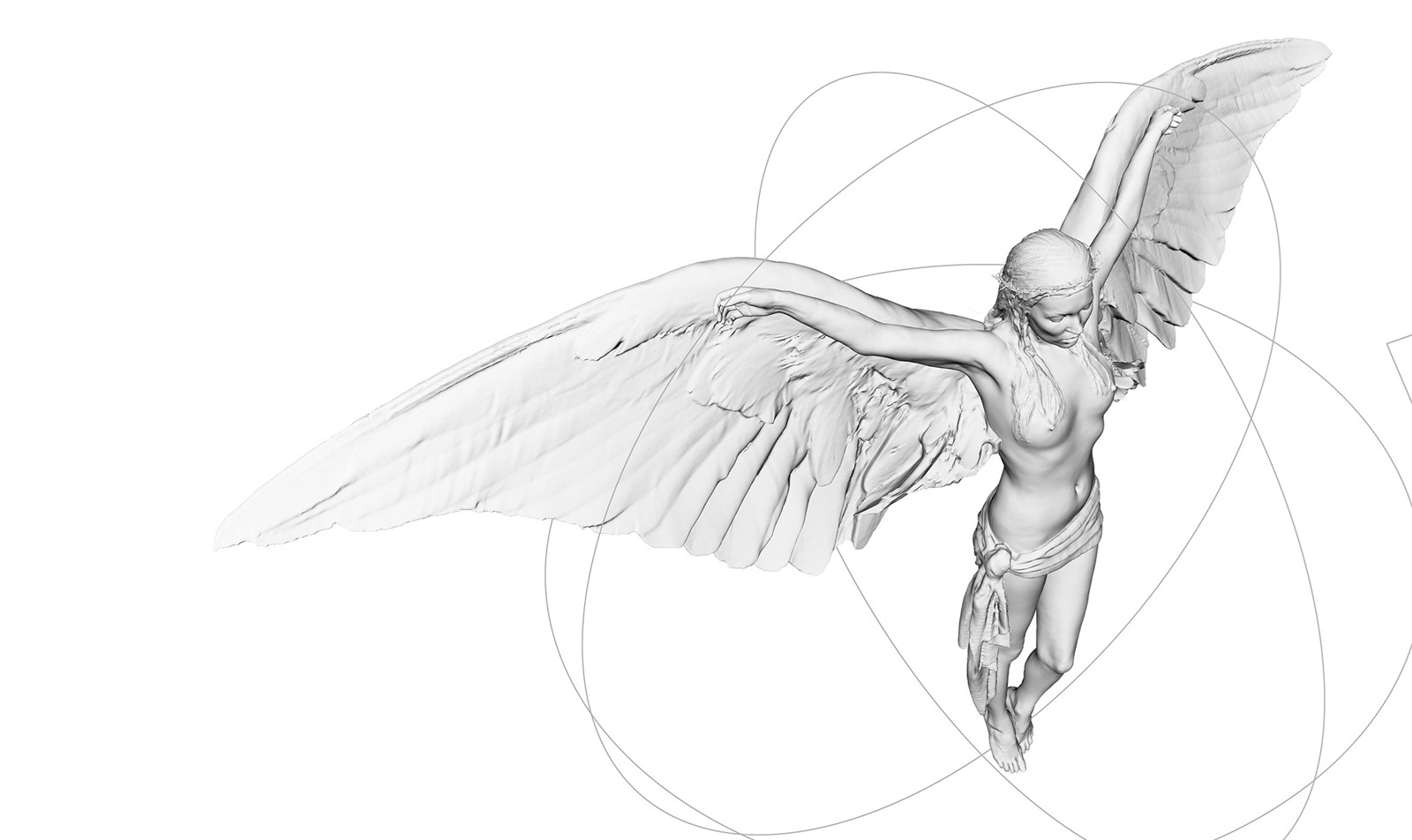
Knight’s idea, already, is to push the meaning of NFT and chafe at restrictions he has already discovered in his exploration of the metaverse, and its aesthetics. He’s not a fan, for instance, of the prevalent look of ‘vaporware’. “I am getting some of the values that I believe in aesthetically into that space,” he says, of the metaverse. “I don’t want it to look like its all made out of plastic, or unicorns. Like a Doja Cat video – as lovely as Doja Cat videos are.” Likewise, he isn’t interested in recreating reality. “A lot of what CGI has been is a fake, a reproduction of life,” Knight recounts. “That’s never been what I want to do with my image-making, to reproduce. You have to imagine not what you see, but what you want to see. I’m interested in something more, something more interesting.” He pauses. “Creatively, it opens up so much more than where we are now.”
For more information on the ikon-1 NFT by Nick Knight and Jazzelle, visit ikon-1.com.
![ikon-1 wears Ivan Medrano [SURVIVAL the SCAVENGER]](https://images-prod.anothermag.com/1600/azure/another-prod/420/8/428746.jpg)
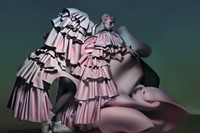
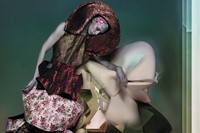



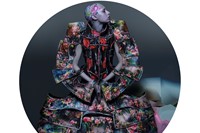
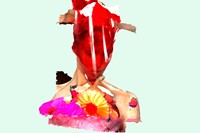


![ikon-1 wears Ivan Medrano [SURVIVAL the SCAVENGER]](https://images-prod.anothermag.com/200/3-0-2043-1362/azure/another-prod/420/8/428746.jpg)
![ikon-1 wears Studio PMS [Sigh of Serenity] clothin](https://images-prod.anothermag.com/200/0-60-2046-1364/azure/another-prod/420/8/428747.jpg)
![ikon-1 wears TRIBUTEBRAND [Bala] clothing and Euge](https://images-prod.anothermag.com/200/0-137-2046-1364/azure/another-prod/420/8/428748.jpg)